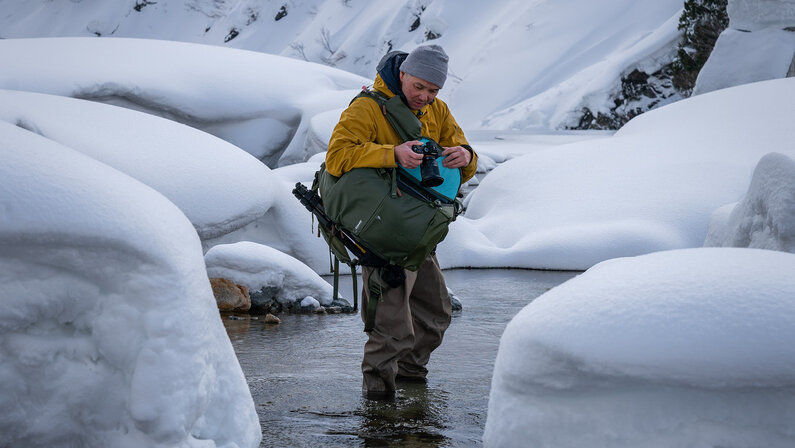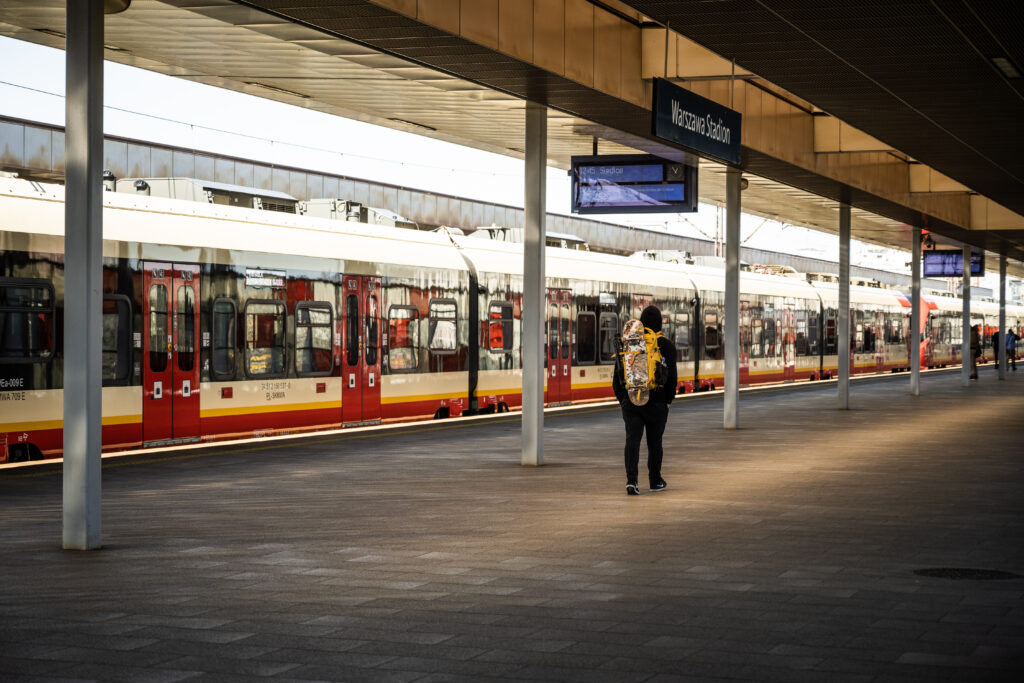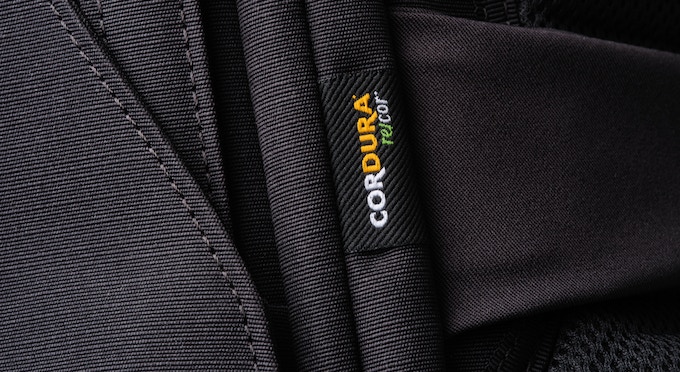Shimoda Has a New Backpack on the Way – Here’s my Thoughts on Their Existing Models
For several months, I’ve been testing camera rolling backpacks, using several models from the Thinktank company as examples. I wrote a fairly long article about it, which you can still read. After an extended period of working and traveling with a rolling backpack, however, I found myself longing for a classic camera backpack. Since Shimoda recently launched a Kickstarter campaign, teasing a new backpack model, I thought it would be a good opportunity to briefly share my experiences with the brand’s products.
Shimoda Designs is a relatively new player in the market, established in 2017. The brand was founded by two actively engaged photographers, Ian Millar and Peter Waisnora, who draw on their personal experiences to design products for photographers.
The equipment from this company is tailored to various needs and is available in several series and sizes:
- Action X V2: This collection consists of outdoor backpacks designed for the most active users. They perform well in activities such as winter sports or photo sessions in hard-to-reach places, as well as during demanding treks or climbs.
- Explore V2: Another outdoor series, but dedicated to carrying a smaller amount of additional sports equipment and intended for shorter treks.
- The company also offers models dedicated to women from the Women’s Collections series. As the manufacturer states: “As a company that prides itself on designing products that are thoughtful and comfortable under some of the most extreme conditions, we have long recognized that what’s comfortable for men isn’t comfortable for everyone.”
- All backpacks are compatible with the interchangeable Core Units system, allowing users to choose units based on the amount of equipment they want to pack. Having various sizes is a good option for arranging the backpack’s interior based on the type of session being prepared for.
- In addition to backpacks, Shimoda also offers two sizes of rollers, which work well for air travel. This allows users to transfer their equipment enclosed in core units from the backpack to the roller without the need to repack each item separately.
- At last, starting from next year, the Urban Explore series will be available, as announced recently on Kickstarter.
The smallest model currently available is the Shimoda Explore V2 25. Standing at just under 50 cm tall, this backpack can accommodate a camera with multiple lenses, a complete set of accessories, and a 13-inch laptop. It also features side pockets for a water bottle, thermos, or tripod. The backpack is compact enough to be used as carry-on luggage on an airplane. It perfectly fits the small Shimoda Core Unit Med Mirrorless V2 insert. The design includes a harness system and straps that allow you to attach items such as a snowboard, skis, or camping gear. The backpack is equipped with reinforced waterproof zippers.



On the other end of the spectrum, catering to the most demanding users, is the Shimoda Action X70, a backpack with a capacity of 70 liters, expandable to 77 liters. It offers extensive possibilities for carrying equipment, thanks to interchangeable inserts of various sizes, compatible with other models as well.



Core Units
Shimoda provides versatile Core Units in various sizes. Whether used individually or combined, they enable side, rear, and top access configurations. This system allows you to tailor the amount of camera and adventure gear for the upcoming day, ensuring you only carry the essential padding, protection, and weight.

Shimoda Explore V2 30
I had the opportunity to test the Explore V2 30 model for an extended period. I used it during several photo sessions both outdoors (for example, photographing a floating sauna on a lake in the rain) and indoors (documenting exhibitions during Warsaw Gallery Weekend). I was impressed by the backpack’s build quality, attention to detail, comfort, and its capacity. However, I also noticed a few things that I would prefer to be designed differently.



Shimoda Explore V2 30 is a backpack primarily designed for outdoor use, often chosen by many travelers and landscape photographers. However, I’ve noticed significant potential in it for architectural photography work as well.
Without the Shimoda Explore core unit, it can be used as a regular non-photographic backpack. Additionally, Shimoda is designed in such a way that even after loading the photographic gear, there is still plenty of space for various additional items or photographic equipment that may not need as much protection as items placed in a rigid insert.
The backpack is equipped with a large number of pockets, and after a month of use, I still occasionally forget about some of them.

Shimoda Explore V2 25 is equipped with three handles – top, side, and bottom. This makes the backpack very easy to carry, providing convenience during work. I often place the backpack on the floor or on a bench or table, and by opening the flap, I have easy access to items such as lenses that I may need to change. Thanks to the wide, well-placed handles, I can confidently and safely transport the backpack even with the flap open.


Access to the equipment is from the backside and the backpack’s carrying system, preventing the foam surface that comes into contact with our backs from getting dirty. The external material is resistant to dirt and moisture, allowing us to safely place the backpack, for example, on wet grass. The laptop pocket is also located on the back, but there is additional top access through a zipper-secured opening.
By arranging the core unit appropriately inside the backpack, we have the option to use the side access. This allows us to reach, for example, a lens without the need to take the backpack off our shoulders.
The access is only possible from one side. On the other side of the backpack, there is a regular pocket. I’m accustomed to carrying a bag or backpack on a single strap over my left shoulder. Then, with my right hand, I can reach into the backpack or bag.

Unfortunately, Shimoda is designed in such a way that side access is available when carrying the backpack on the right shoulder. In my opinion, this is the biggest drawback of this backpack. I understand that it’s a matter of preference and habits, but I think it could easily be designed for access from both sides (with the ability to fully open the flap on both sides), and the insert could be rotated in the desired direction or, for example, two narrow inserts could be used with two flaps. In my opinion, this would increase the configuration possibilities without negatively affecting the rest of the backpack’s functions.

The quality of the zippers in Shimoda backpacks is very high. The largest one, used to open the main flap at the back, instills great confidence. It doesn’t jam, it’s double, and very convenient. All pockets are equipped with double zippers. All? Unfortunately, no. Side pockets have a single zipper. I don’t know why, but it’s a significant issue for me. When we want to retrieve something from the bottom of a long pocket that occupies almost the entire side of the backpack, we have to open the entire pocket. Other items hidden in it may unfortunately fall out. The same applies to accessing the interior through the side pocket. We can arrange the core unit in a way to retrieve 3 lenses. If we want to take out the one placed at the bottom (right at the bottom of the backpack), we have to be very careful, as opening the entire flap may cause the ones placed higher to fall out. A double zipper would allow opening the side of the backpack at a chosen point.
Shimoda backpacks are very comfortable. The carrying system is comparable to the best solutions in trekking backpacks. The craftsmanship and selected materials are excellent as well. The backpack performs exceptionally well in my work. However, in most situations, I would prefer its appearance to be more minimalist. It’s not just about aesthetics but also practical reasons. In the city or during air travel, I don’t need additional straps for mounting skis or overly elaborate shoulder straps and hip belt (the belt can be detached) because I don’t carry the backpack for as long as, for example, during a full day of mountain climbing. Therefore, I was extremely pleased with the premiere of the new model!
Shimoda Action X V2

I had the opportunity to compare the Explore V2 model with a newer model from a different series, the Action V2, and I noticed that the Shimoda introduced certain changes and improvements. The main difference between these backpacks is the way to access the top compartment, which according to the manufacturer’s intention is not meant for photographic equipment. Theoretically, it can accommodate personal items such as a jacket or other clothing. It is a quite spacious pocket, allowing for quick access. Therefore, I often pack the camera body there, reserving the main compartment for lenses. In the Explore model, there is a convenient double zipper on top, while the Action X has a rolled closure. It’s a matter of preference which one is better for whom. The Action X will undoubtedly allow you to fit more items, but for me, the zipper allows much quicker access, and the style of such a backpack is more urban and minimalist.





Both lines are made from high-quality materials and are designed to withstand the toughest conditions. The main feature that sets them apart is the number of attachments for all kinds of sports accessories. Unlike Explore, Action backpacks have additional straps and mounts for helmets, pumps, ski equipment, and even ice axes. They also feature reinforced front panels and harnesses, as well as an additional expandable material that allows for increased capacity. Explore backpacks, on the other hand, are equipped with, among other things, detachable accessory straps, breathable material straps, pockets for filters, and a hidden pocket for passports and documents.
Backpacks from the Shimoda Action X v2 series now feature two pockets for a laptop or tablet up to the size of a MacBook Pro 16″: one at the back, in the main compartment as before, and the other at the front. The new additional pocket allows for quicker access and works well for carrying an iPad.
A special hidden pocket for the Apple AirTag has also been added. In my opinion, it’s a neat solution because I personally use AirTag to enhance the security of my equipment.
In the side flaps of the backpack, there are additional retractable pockets for a tripod, water bottle, or thermos. In the Explore series backpacks, unfortunately, these pockets are permanently attached. When not in use, they take up space. In the Action series, a change has been introduced allowing them to be detached and left at home.
Urban Explore
After positive experiences with backpacks from the Action and Explore series, I am very curious about the new model.


It’s worth checking out the Kickstarter campaign. I hope I’ll be able to test the new backpack in practice and describe it for you.
